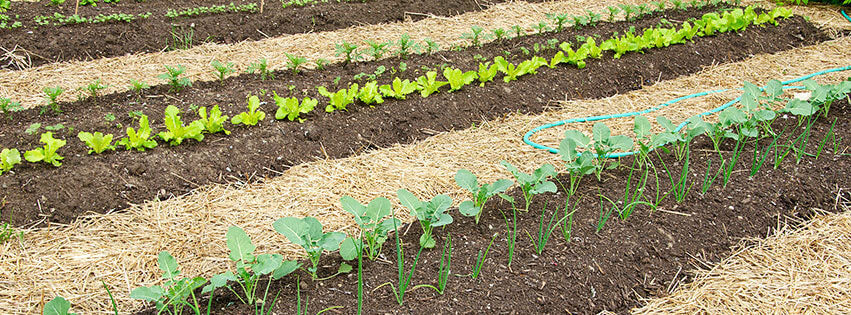Let's face it, traditional lawns can be a real resource hog. They guzzle water, demand constant trimming and generally return very little for your efforts. Plus, they take up space that could be transformed into a verdant food garden, or even a buzzing wildflower meadow. Picture a typical suburban cul-de-sac, peppered with homes each armed with an energy-guzzling sprinkler system and grass-trimming machines. Many of these homes even sprinkle chemical fertilizers on their lawns, which ultimately seep into our environment. Sounds pretty unsustainable, doesn’t it?
So, how can we turn these spaces into something more rewarding? The thought of hand-removing sod and replacing it with topsoil might sound like a Herculean task. Moreover, most city landfills (including our own in Vancouver) won't even accept sod! Composting over time is an option, but this method requires patience, as it takes years for the grass to die and the sod to break down. Plus, the soil that clings to the sod is often not very fertile.

Enter lasagna gardening!
Also known as no-dig gardening or Ruth Stout's Technique, this layering approach is a clever alternative to back-breaking digging or tilling. This genius method first came to Ruth Stout, an American woman, in 1944. Over the years, she honed this minimalist technique and earned the title of the No-Dig Duchess. Living to a ripe old age of ninety-six, one could surmise her nutrient-rich garden played a role. Other pioneers of this technique include Esther Deans, an Australian woman, and Japanese gardener Masanobu Fukuoka, who detailed the process in his book One Straw Revolution. Coincidentally, Fukuoka also lived to ninety-six.
Creating your own lasagna garden
The process is a piece of cake. No need to remove existing sod or weeds. No need to dig or till. Simply layer materials in your chosen garden area or container. Start by marking your designated area with stakes or a garden hose, ensuring the centre of each bed can be reached from the outside. Then follow these steps:
1. Lay down brown corrugated cardboard or three layers of newspaper on the sod or soil.
2. Water the cardboard or newspaper (avoid glossy material) – this kills the grass and weeds and invites earthworms to aerate the soil.
3. Layer brown and green materials alternatively, using twice as much brown material. Avoidcompressing the layers – a lasagna garden should be fluffy, just like a compost pile.
Brown Materials (these add roughage):
- Fall leaves
- Hay
- Straw (watch out for seeds)
- Sawdust
- Peat
- Mulch
- Fireplace wood ash
- Compost
- Soil (bagged soil from your local nursery is perfect)
- Composted herbivore manure (rabbit, cow, horse)
- Shredded newspaper and junk mail (no glossy material)
- Worm castings
Green Materials (these fuel the composting process):
- Vegetable scraps
- Garden trimmings
- Grass clippings (be sure they haven’t been exposed to pesticides and herbicides)
- Blood meal
- Seaweed
- Coffee grounds and paper filters
- Tea leaves and tea bags
Keep layering until the lasagna bed is about two-feet tall. Don't worry - it will shrink down in a few weeks. Maintain your garden by adding mulch around the growing plants and watering as needed.
When is the best time to start a lasagna garden?
You can start a lasagna garden any time of the year, but fall is ideal. This is because there's usually an abundance of free layering materials available then. Plus, your garden can break down over winter and be ready for spring planting of seeds or transplants. If you’re starting a lasagna garden in spring or summer, layer in peat or topsoil and use them as a finishing 4” layer. This means you can plant as soon as it's built. After a year or so, lasagna beds will have a more stable soil structure than soil regularly disturbed by digging.
What's so great about a lasagna garden?
- Less weeding
- Superior water retention
- Lower fertilizer requirements
- Produces fluffy, nitrogen-rich soil
- Yields chemical-free vegetables and herbs
- Enhances the quality of your harvests
Another method to transform your lawn is by constructing raised beds. These "frames" for soil have numerous advantages. They warm up faster in the day and earlier in the year than ground-level soil. They provide excellent drainage, even in very wet weather. Curious? Learn more about raised garden beds.
If you're not quite ready to go full farmer but still want to swap your high-maintenance lawn for something more rewarding, consider wildflowers. To plant a wildflower meadow, you'll want to start in early spring. Discover more about planting wildflowers.
















